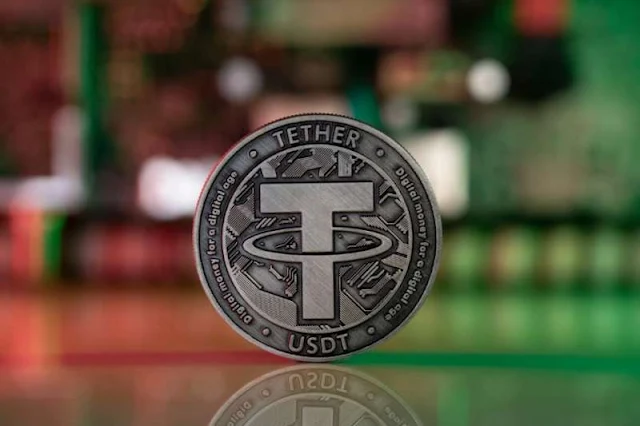Stablecoin issuers such as Tether (USDT) and Circle have amassed a sizable share of the US Treasury market, outperforming major traditional finance players.
According to a study conducted by the investment bank JPMorgan, various stablecoin providers had $80 billion in short-term US government debt as of May 2022, The Financial Times reported on Aug. 20.
Tether, Circle, and other stablecoin companies accounted for 2% of the total market in the United States. Treasury bills, with a larger stake of T-bills than Warren Buffett's investing firm Berkshire Hathaway.
According to the data, stablecoin issuers beat offshore money market funds (MMF) and prime market MMFs in terms of their Treasury-bill investment proportion.
Considered to be low-risk assets, Treasury bills are debt instruments that are often employed by firms as a cash equivalent on corporate balance sheets. Tether and Circle — issuers of the world’s biggest asset-backed stablecoins, Tether and USD Coin (USDC), — have vowed to acquire U.S. Treasury bills while lowering reliance on commercial paper earlier this year.
The decision was made in response to the uncertainty surrounding algorithmic stablecoins caused by TerraUSD (previously UST) losing its peg to the US dollar in May 2022.
As previously reported, USDC has seen notable growth in market cap, while Tether’s market dominance has been dropping since May. “We believe one of the primary drivers behind the dramatic shift has been the superior transparency and asset quality of USD Coin’s reserve assets,” JPMorgan reportedly said.



